What are the characteristics of Colombia coffee? Colombia coffee beans suggest hand brewing parameters
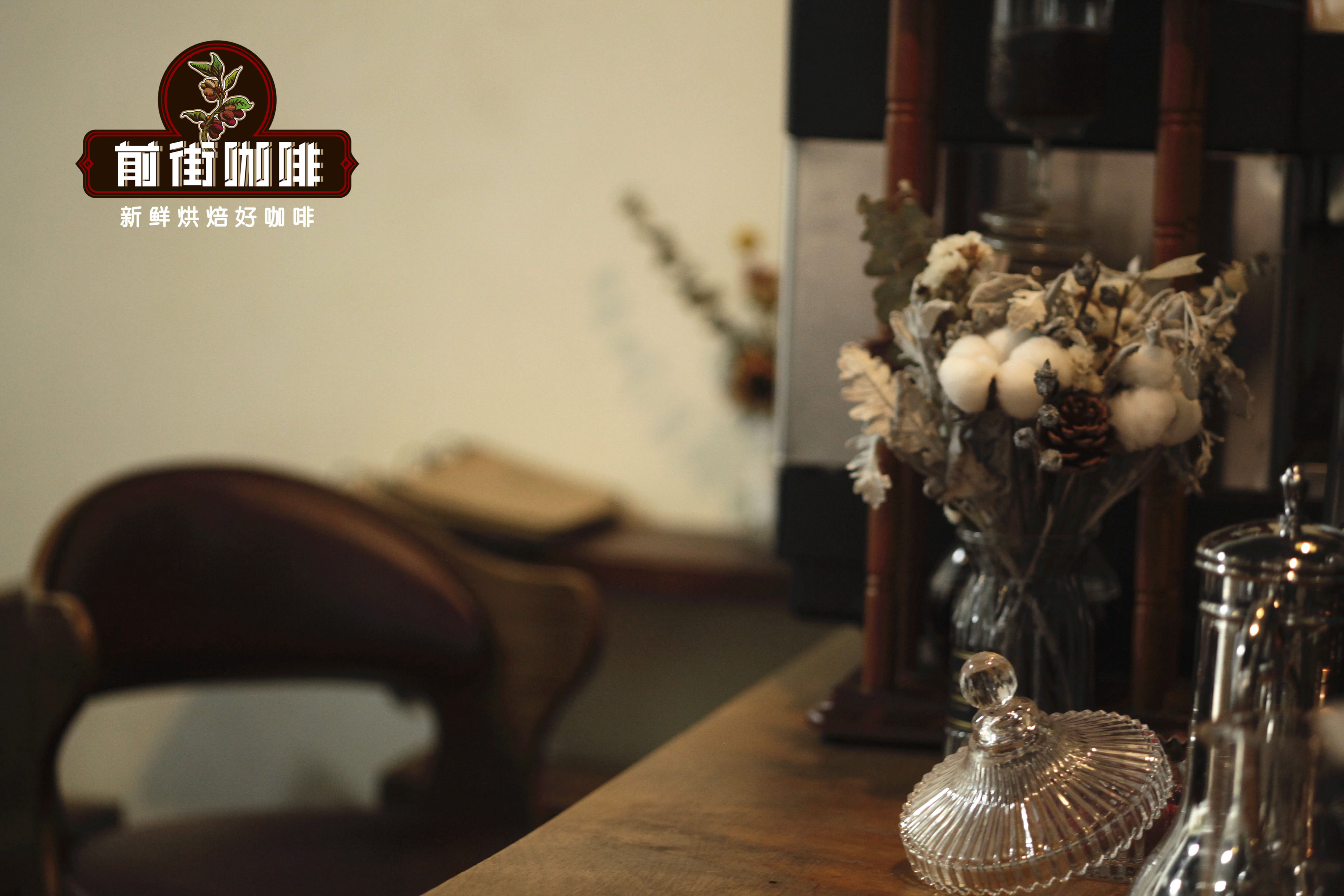
Professional coffee knowledge exchange more coffee bean information please follow the coffee workshop (Wechat official account cafe_style)
When it comes to Colombian coffee, I believe we are no stranger to it. We can often see it in the boutique coffee market, whether it is washed Colombian Huilan coffee beans or specially treated coffee beans with good quality and flavor, so there are many coffee lovers who will brew Colombian coffee beans by hand at home, including many newcomers who have just come into contact with hand-brewed coffee. Well, in this next article, Qianjie Coffee will come to popular science about the characteristics and hand-brewing parameters of Colombian coffee.
Planting conditions of Colombian coffee
We all know that coffee beans belong to crops, so its flavor and planting conditions in producing areas are absolutely inseparable, such as topography, altitude, climate and soil, which will affect the flavor of coffee beans. for example, the growing conditions in Colombia can be said to be unique.

According to Qianjie Coffee, Colombia is located in the northwest of the South American continent, bordering Central America and Panama. Located in the tropics, the climate varies from topography to topography, with rich volcanic soil, annual rainfall of 2000 to 3000mm, mild climate, humid air, and diverse climate that makes Colombian coffee harvest all year round. The southern part of the eastern plain and the Pacific coast have a tropical rain forest climate, the mountains with an elevation of 1000-2000 meters have a subtropical climate, and the northwest has a savanna climate. Average annual temperature: 15.8-20.5 degrees Celsius. The average temperature in the coffee area will vary between 18 ℃ and 22.5 ℃.
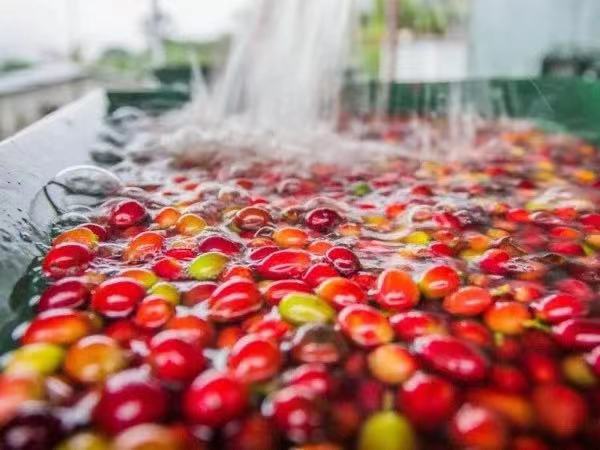
Therefore, Colombia is also the world's largest exporter of Arabica coffee beans and the largest exporter of washed coffee beans. For example, the Colombian Huilan coffee beans introduced in the front street coffee shop are washed. The characteristic of washing treatment is that the most primitive flavor of coffee beans can be highlighted, making the flavor of coffee beans more clean and refreshing. Next, Qianjie Coffee will take this Colombian Huilan coffee bean as an example to explain the recommended parameters.
Front street coffee Colombian Huilan coffee beans
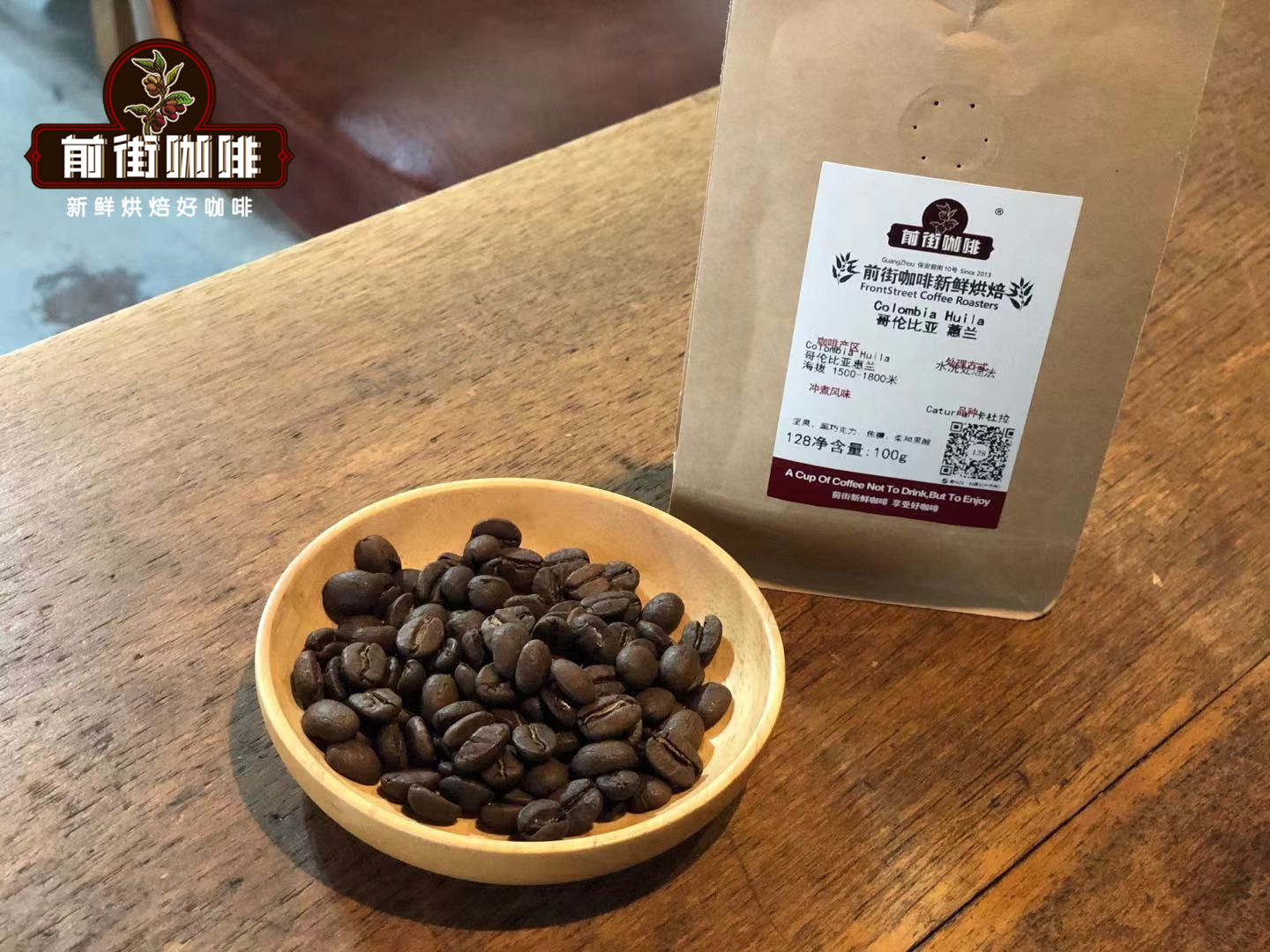
Country: Colombia
Producing area: Huilan
Altitude: 1500-1800 m
Variety: Kaddura
Treatment: washing treatment
Flavor: nuts, dark chocolate, caramel, soft fruit acid
How to cook Colombian Huilan coffee beans by hand?
Qianjie Coffee thinks that in order to make a good pot of coffee, it mainly starts from these four aspects: water temperature, grinding thickness, powder-to-water ratio, brewing method.
1. Water temperature
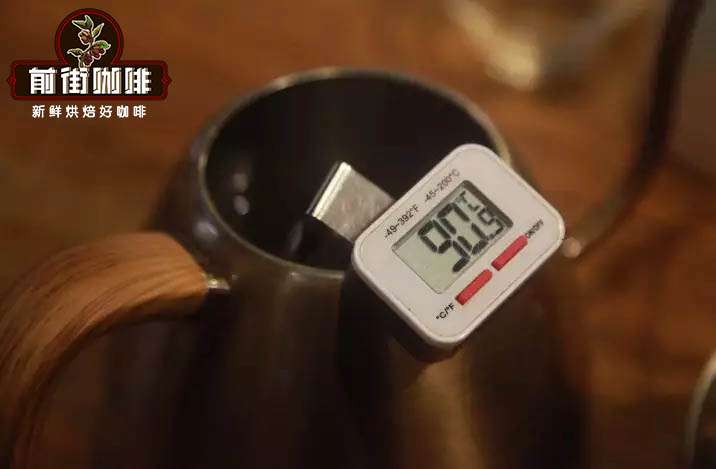
Qianjie coffee will also choose different water temperature when hand-flushing coffee beans with different roasting degrees. When roasting, the substances in the coffee beans are lost with the deepening of the roasting degree, so the deep-roasted coffee beans will lower the temperature in order to avoid extracting too much odor. It is recommended to choose a water temperature of 90-91 ℃ for medium-light baked beans Qianjie coffee and 87-89 ℃ for medium-deep roasted pwn.
For example, this Colombian Huilan coffee bean flavor is mainly nuts, chocolate, Qianjie coffee in order to highlight this feature, will use medium roasting to deal with it, so its brewing water temperature Qianjie coffee will be controlled at 88-91 ℃.
2. Degree of grinding
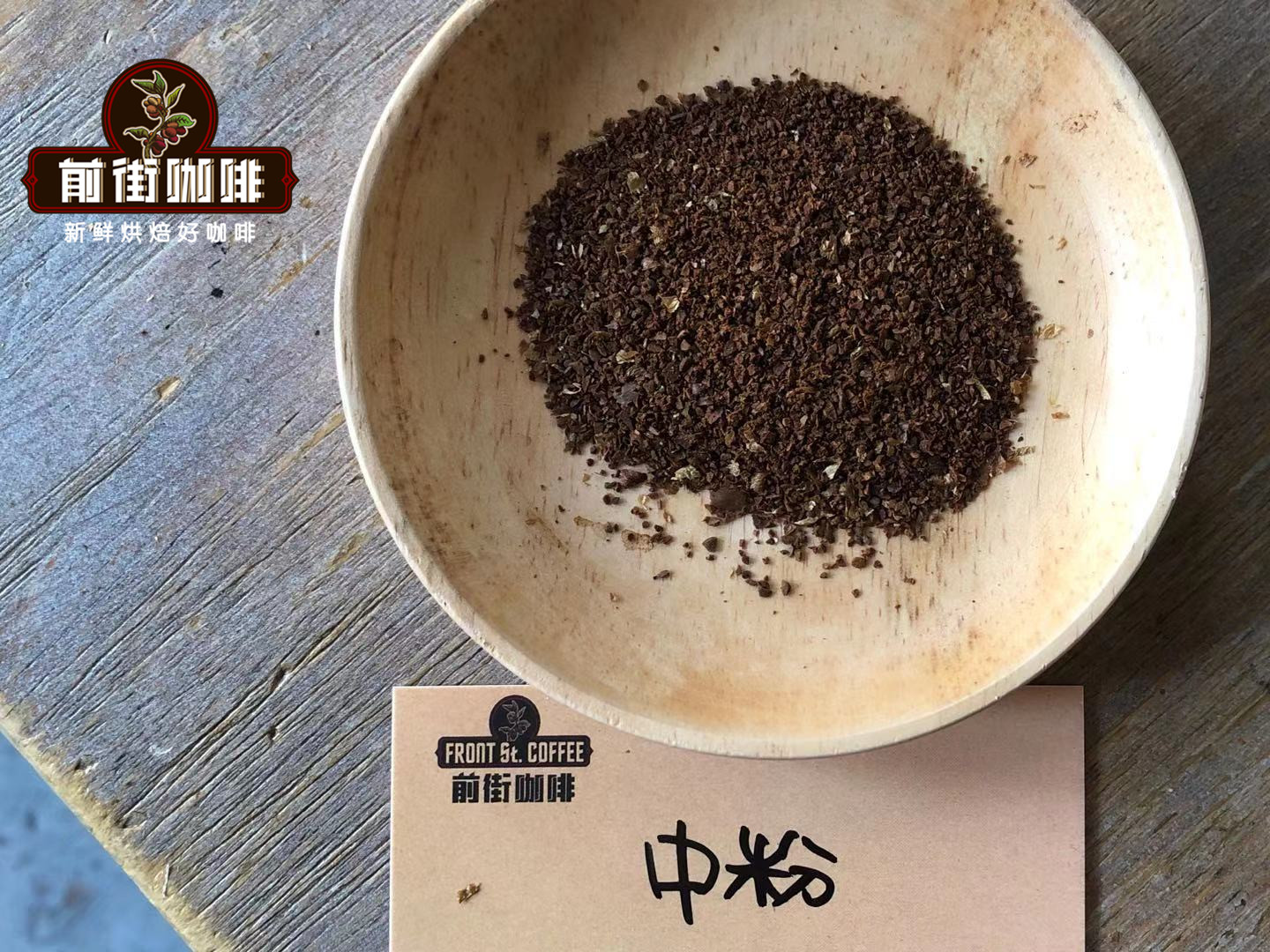
The degree of grinding refers to the size of coffee particles, because the degree of grinding will affect the contact time between coffee and water. If the coffee powder is finer, the water can extract more substances in the same time, but the degree of grinding is fine, the coffee is easy to be extracted in the process of extraction; on the contrary, the coarser the degree of grinding of coffee, the less substances extracted by water in the same time, but the coarser the degree of grinding is, the coffee is prone to insufficient extraction.
In addition, because the grinder in everyone's hand is different, so the parameters are not the same. Here, Qianjie suggests that we buy a No. 20 cup test and correction screen, the sieve aperture 0.85mm, weigh 10g coffee beans, adjust a general grinding degree to grind coffee powder, and then pour it into the sieve to weigh the coffee powder (be sure to sift until no coffee powder can be sifted out to complete the screening).
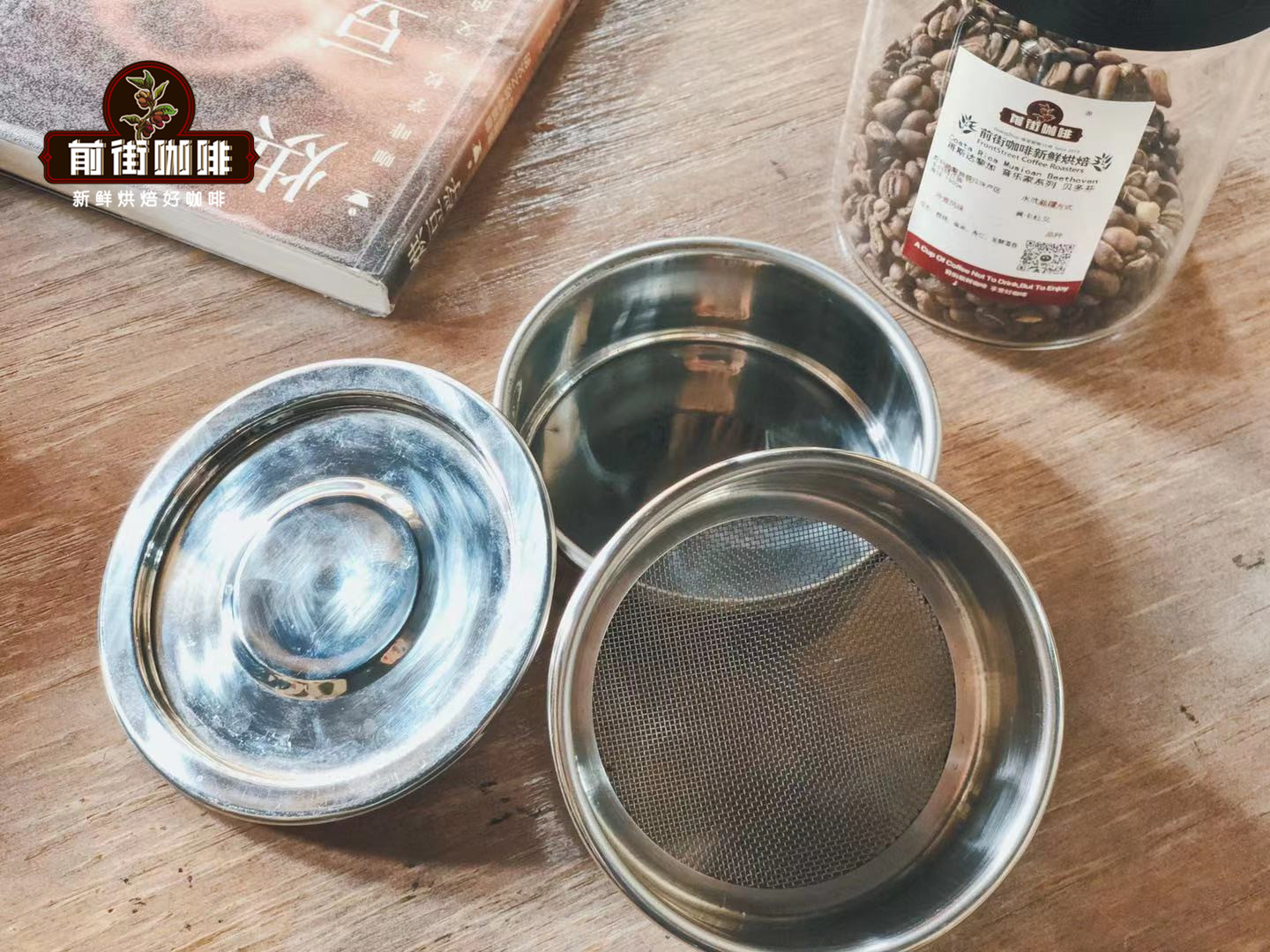
The screening pass rate of 80% (10g powder can screen 8g) is the most suitable grinding degree for medium and shallow roasted coffee beans, and the screening pass rate is 70% 75% (10g powder sieve 7-7.5g) is the most suitable grinding degree for medium and deep baking. If it exceeds the suitable screening rate, it is appropriate to adjust the coarse grinding degree, and if it does not reach the appropriate screening rate, it is necessary to reduce the grinding degree properly.
3. Powder-water ratio
This is the difference in the taste of the gouache ratio extraction parameters of Qianjie coffee according to the scaa gold cup extraction theory:
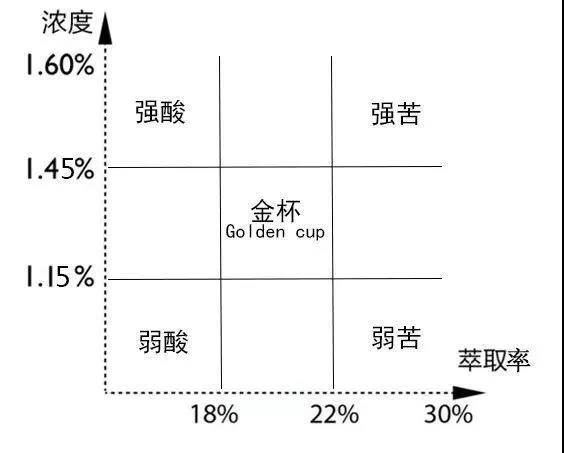
[heavy flavour] 1VOV 101VlV 11, that is, the golden cup criterion of 1RU 12.5mm 1RU 13.5
[moderate taste] 1-12-12-1-13 (I. e. 1-14. 5-1-15. 5)
[refreshing] 1-14-1-1-1-16 (I. e., 1-14-1-1-18. 5 of the Golden Cup Criterion)
The specific brewing amount of coffee beans is 14.5 grams and 15.5 grams of water, which is the easiest to reach the golden range of 18% 22% gold cup extraction rate and 1.15% 1.35% concentration.
Therefore, Qianjie Coffee here suggests that you might as well use the error-prone 1:15 powder-to-water ratio when brewing this Colombian Cymbidium coffee bean.
4. Washing and cooking technique
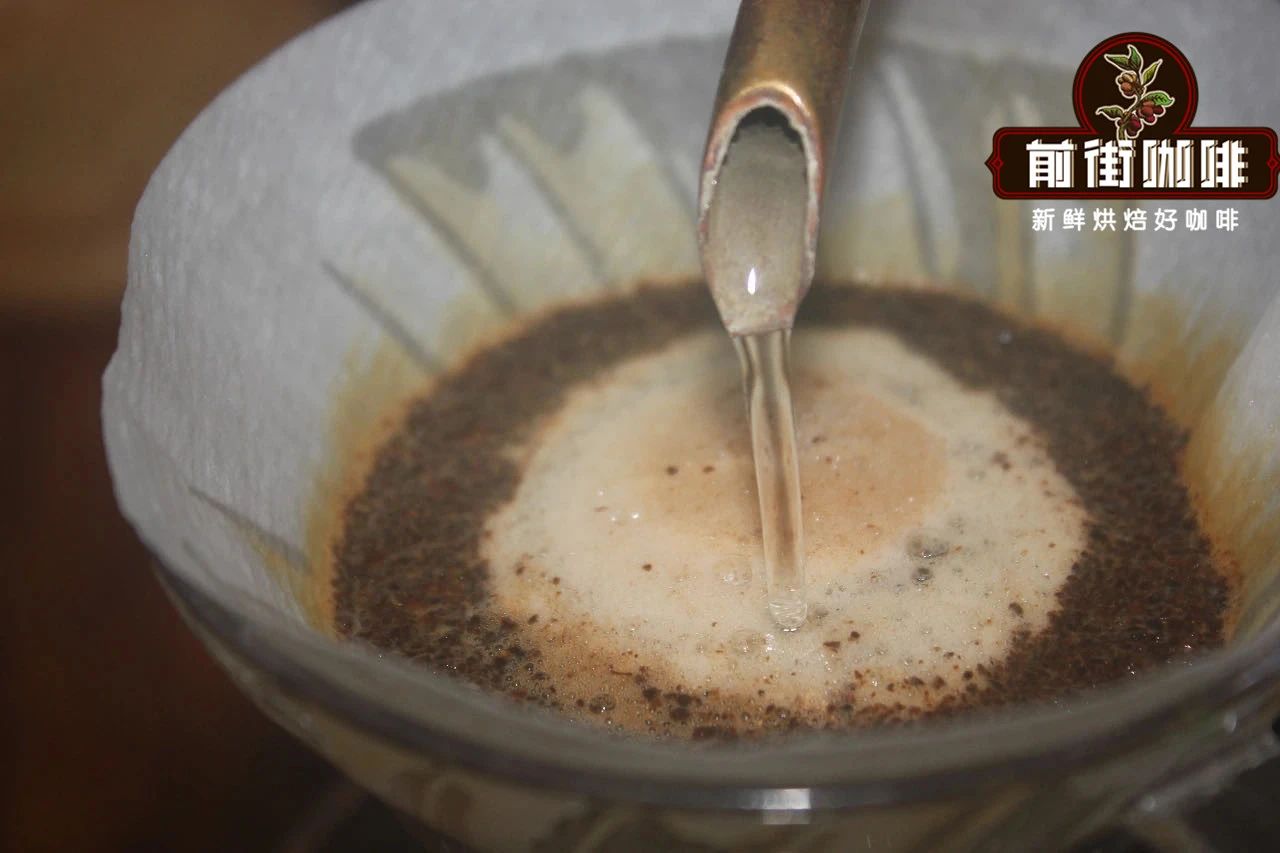
Finally, hand punching techniques are also very important, such as three-stage style, one-step flow, drip-by-drop style, and so on. Here, Qianjie Coffee recommends that beginners use three-stage water injection to brew, because this method is suitable for light-roasted, medium-and medium-roasted coffee beans. The segmented extraction method of three-stage water injection can clarify the flavor of the front, middle and back of the coffee, and can ensure the flavor of the coffee.
After understanding the above four hand-brewing elements, Qianjie Coffee will share the brewing data of this Colombian Huilan coffee bean.
Qianjie coffee brewing Columbia Huilan coffee bean hand brewing parameters
Qianjie Coffee uses V60 filter cup to brew Columbia 60 cone filter cup hole is relatively large, coupled with its unique spiral curve ribs, so that the air can be discharged more easily to improve the extraction quality.
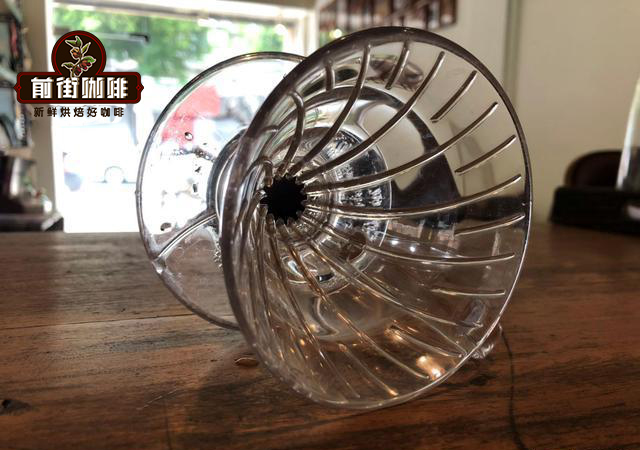
Filter cup: V60
Water temperature: 90-91 degrees
Degree of grinding: BG#6m (fine sugar size / 20 sieve bowl sieve powder to 80%)
Ratio of powder to water: 1:15
Amount of powder: 15g
Cooking technique: stage-by-stage extraction
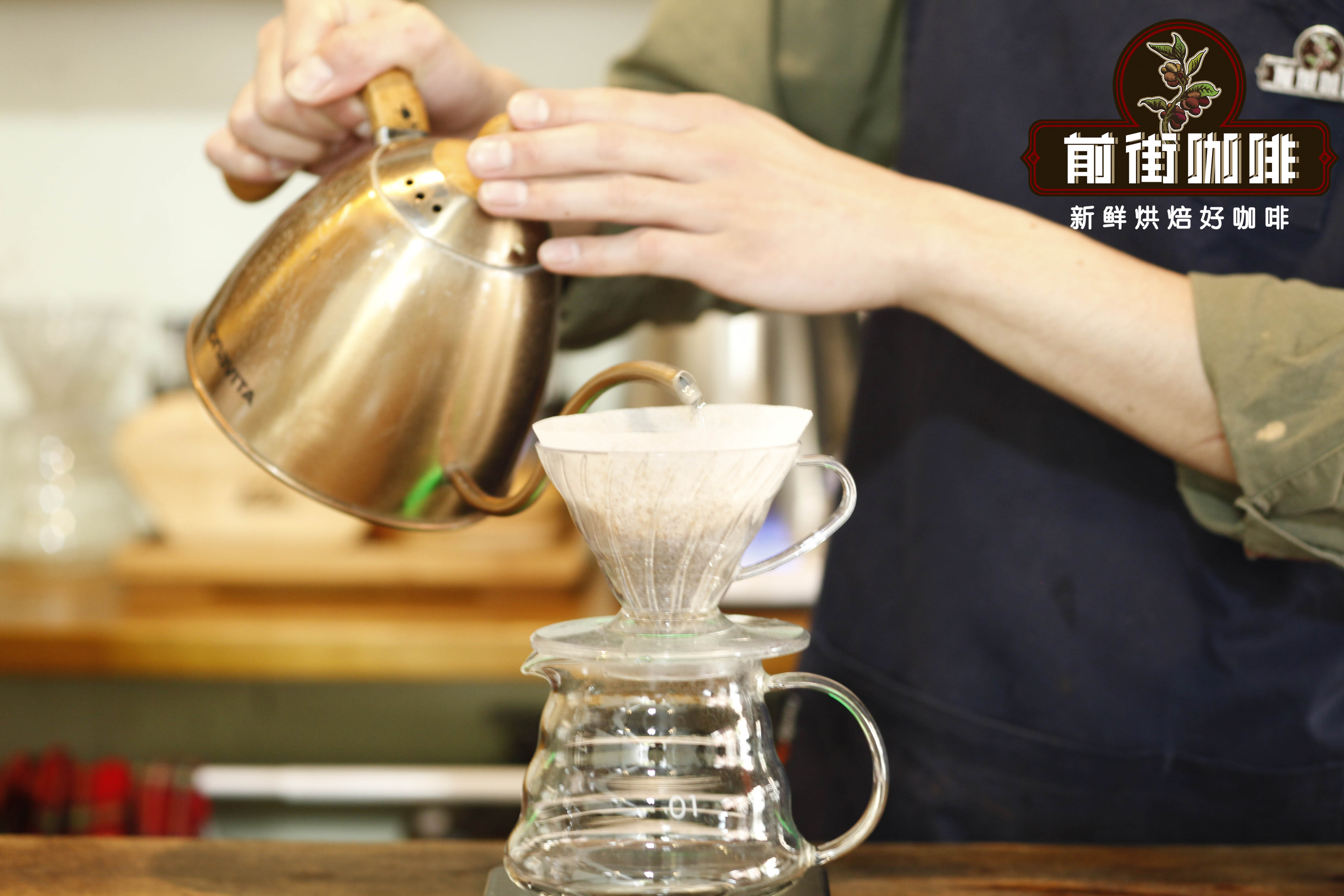
In the first stage, 30 grams of water is injected for 30 seconds, followed by 95 grams (about 125 grams indicated by the electronic scale). The injection is completed in about 1 minute, and the remaining 100 grams are injected at 3 places in the powder layer when the water level drops to 2 grams (about 225 grams shown by the electronic scale). About 1 minute and 40 seconds. The filtration is completed, remove the filter cup and complete the extraction.
Cooking flavor: nuts, dark chocolate, soft fruit acid in the middle, sweet taste of caramel.
For more boutique coffee beans, please add private Qianjie coffee on Wechat. WeChat account: kaixinguoguo0925
Important Notice :
前街咖啡 FrontStreet Coffee has moved to new addredd:
FrontStreet Coffee Address: 315,Donghua East Road,GuangZhou
Tel:020 38364473
- Prev
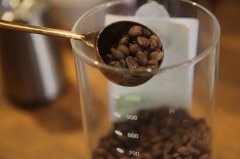
Flavor and characteristics of Hawaiian Kona Coffee-comparison between V60 and Kono filter cup
Professional coffee knowledge exchange more coffee bean information please follow the coffee workshop (Wechat official account cafe_style) this time I would like to share Hawaiian Kona coffee, using different filter cups to extract two different taste extraction schemes. Baking degree: shallow and medium baking using bean grinder BARATZA BG grind degree 4e (about small Fuji 4) filter cup 1: Hario v60 transparent resin water temperature: 90
- Next
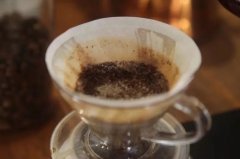
The Story of Yellow Coffee Manor of Emperor Jiayu in Huangbourbon _ characteristics of Yellow Bourbon Flavor in Indonesia
For more information about coffee beans, please follow Coffee Workshop (Wechat official account cafe_style) Gayuti Yellow Coffee Manor: in the 17th century, the Dutch colonists first introduced Huangbourbon to Indonesia, which, due to its unique geographical environment and mild climate, gave birth to quality Arabica coffee in Sumatra. The Hermansa family in the coffee family
Related
- Detailed explanation of Jadeite planting Land in Panamanian Jadeite Manor introduction to the grading system of Jadeite competitive bidding, Red bid, Green bid and Rose Summer
- Story of Coffee planting in Brenka region of Costa Rica Stonehenge Manor anaerobic heavy honey treatment of flavor mouth
- What's on the barrel of Blue Mountain Coffee beans?
- Can American coffee also pull flowers? How to use hot American style to pull out a good-looking pattern?
- Can you make a cold extract with coffee beans? What is the right proportion for cold-extracted coffee formula?
- Indonesian PWN Gold Mandrine Coffee Origin Features Flavor How to Chong? Mandolin coffee is American.
- A brief introduction to the flavor characteristics of Brazilian yellow bourbon coffee beans
- What is the effect of different water quality on the flavor of cold-extracted coffee? What kind of water is best for brewing coffee?
- Why do you think of Rose Summer whenever you mention Panamanian coffee?
- Introduction to the characteristics of authentic blue mountain coffee bean producing areas? What is the CIB Coffee Authority in Jamaica?

